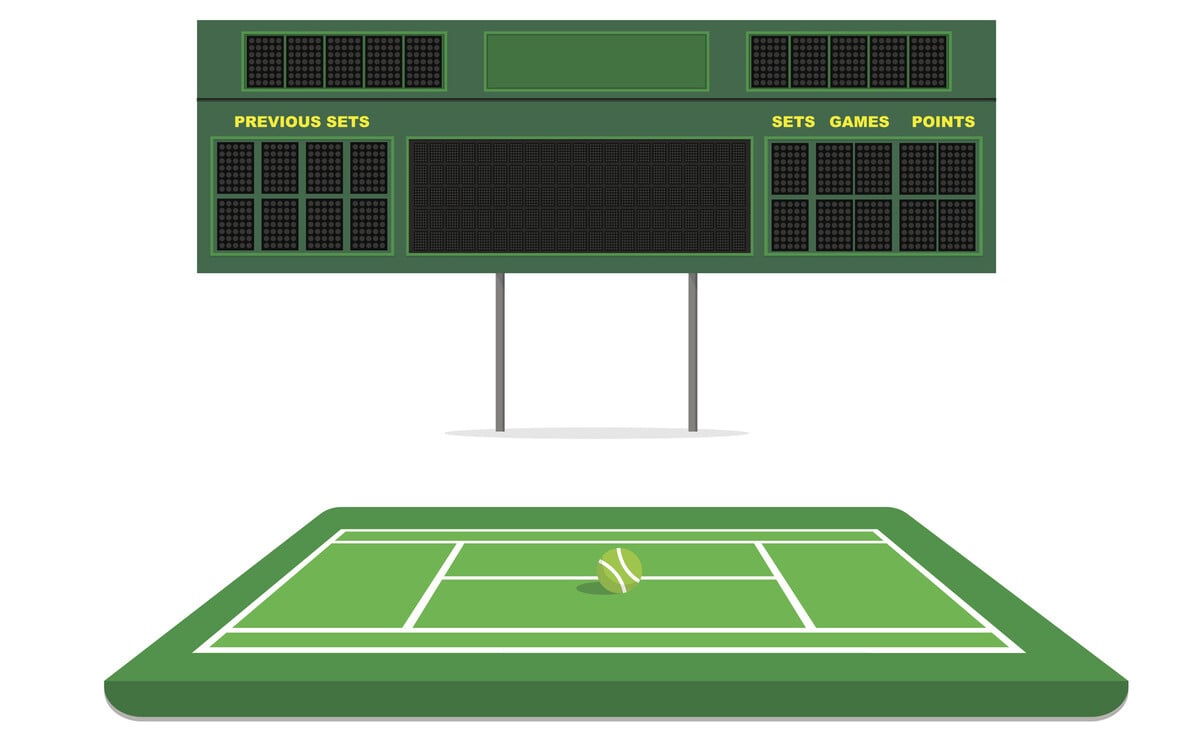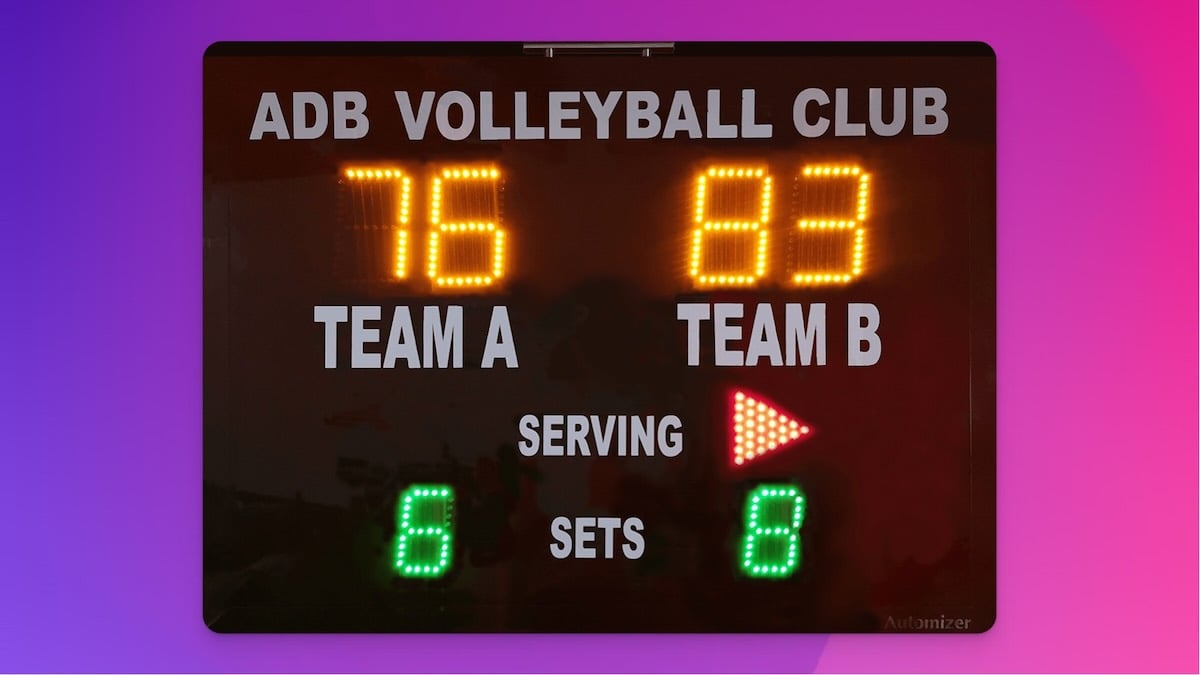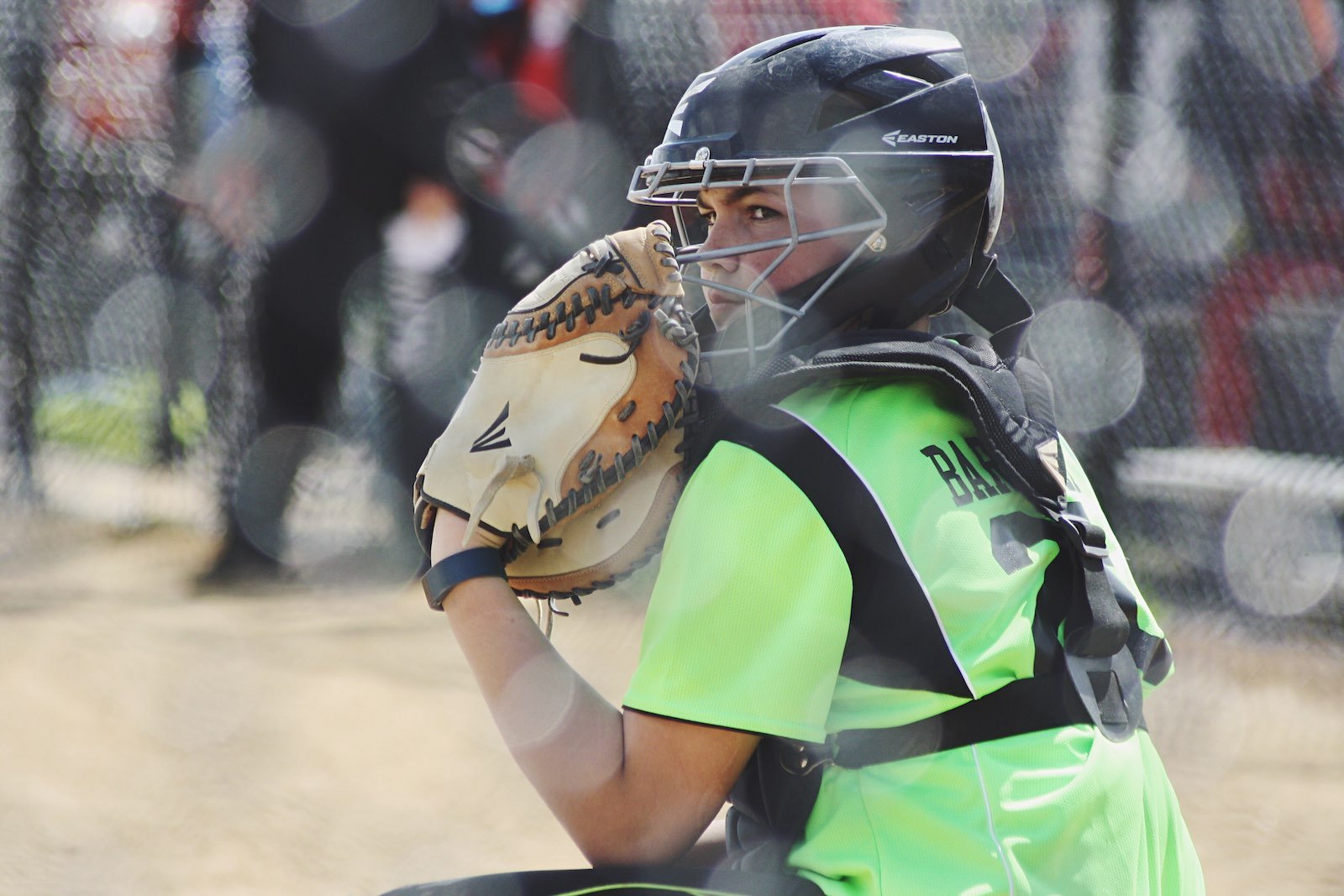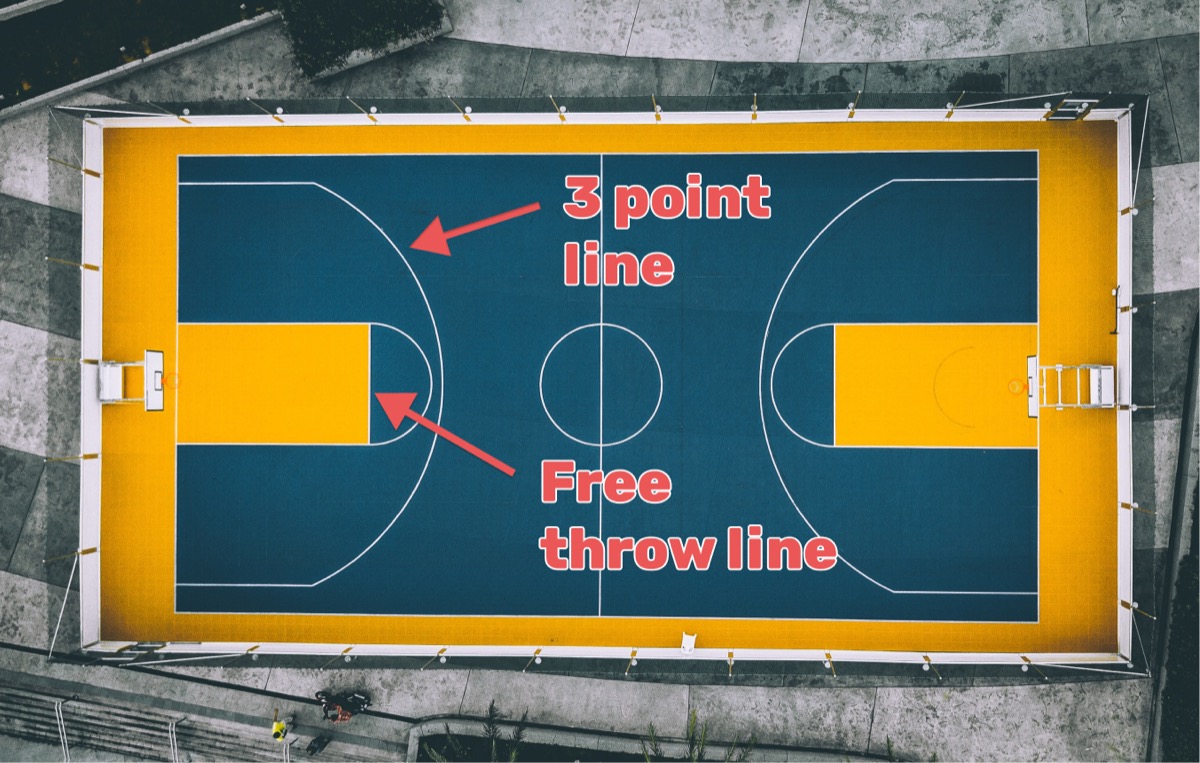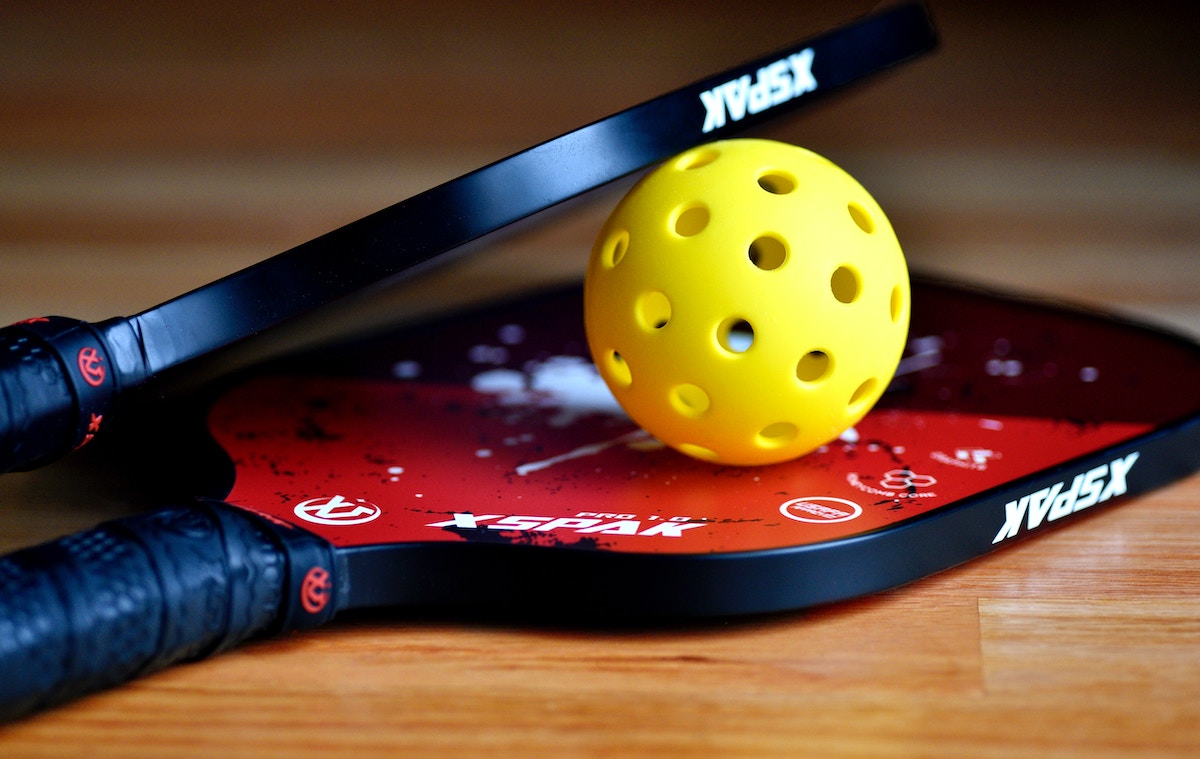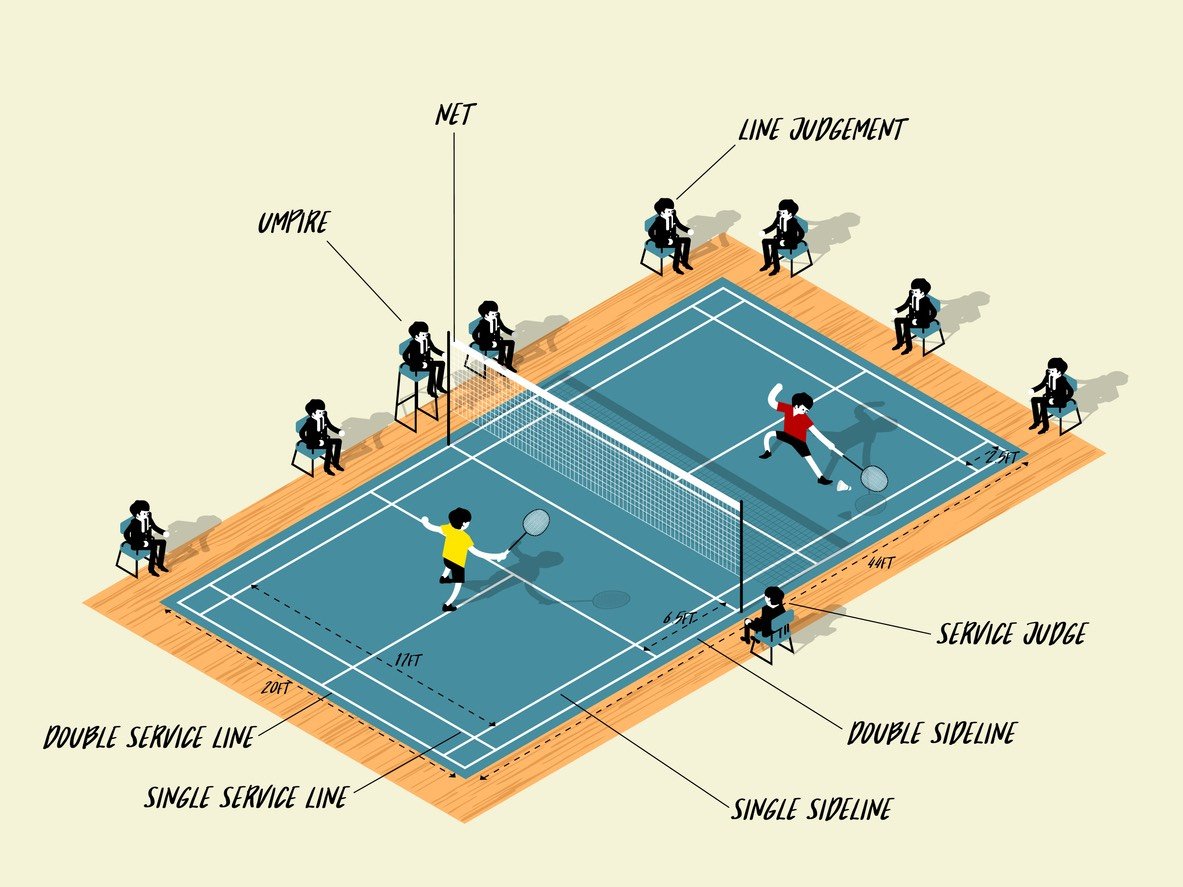From Victorian Parlor Game to Olympic Sport
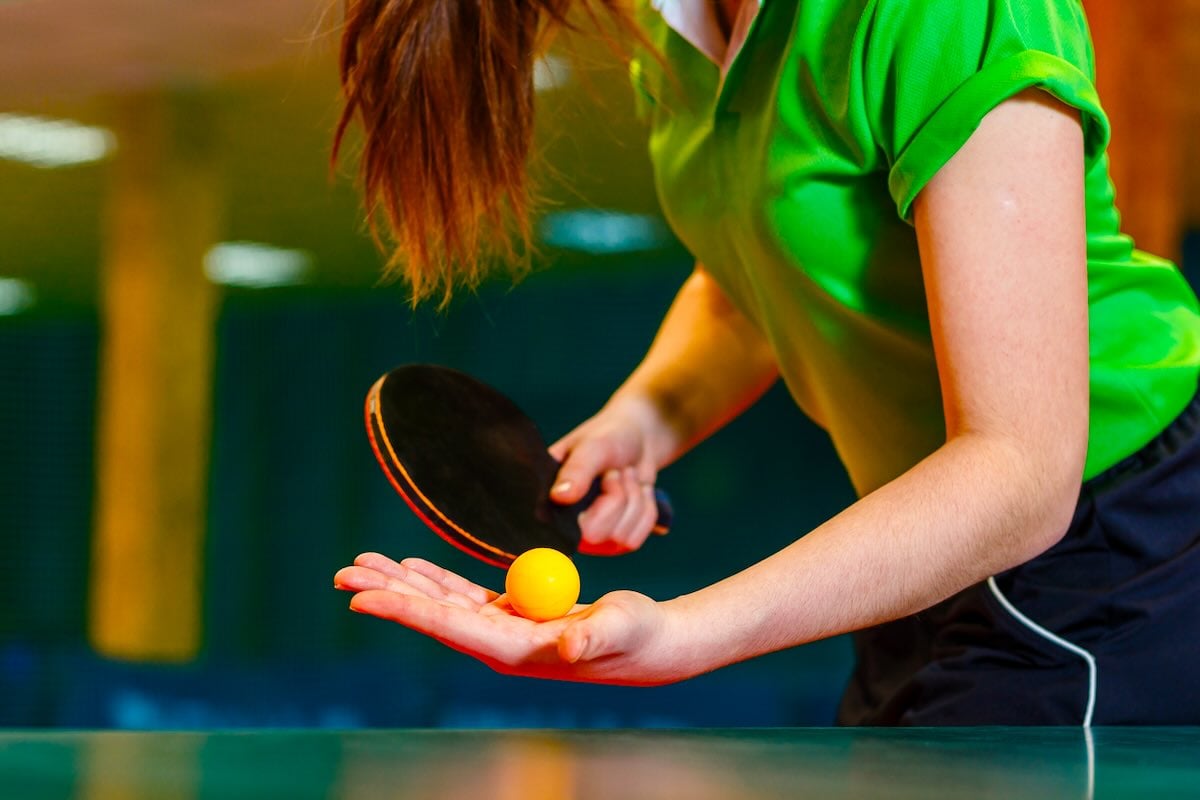
Table tennis started as an upper-class parlor game in Victorian England, played with champagne bottle corks and cigar boxes. Today, it's one of the world's most accessible sports. You can find public tables in parks everywhere, and all you need is a paddle and a ball to get started. But here's the thing: while the equipment is simple, the scoring system requires some understanding.
If you're organizing a tournament, teaching new players, or just want to settle disputes at the local table, this guide breaks down everything you need to know about table tennis scoring.
Understanding the Match Structure
Games vs. Matches: The Basic Framework
Table tennis competition is organized into games and matches:
- A match consists of an odd number of games (typically 5 or 7)
- A game is won by the first player to reach 11 points
- The two-point rule: Winners must win by at least 2 points
When the score reaches 10-10, play continues until one player gains a two-point advantage. For example, a game could end 12-10, 15-13, or even 21-19. After each game, players switch sides of the table. The match winner is whoever wins the majority of games.
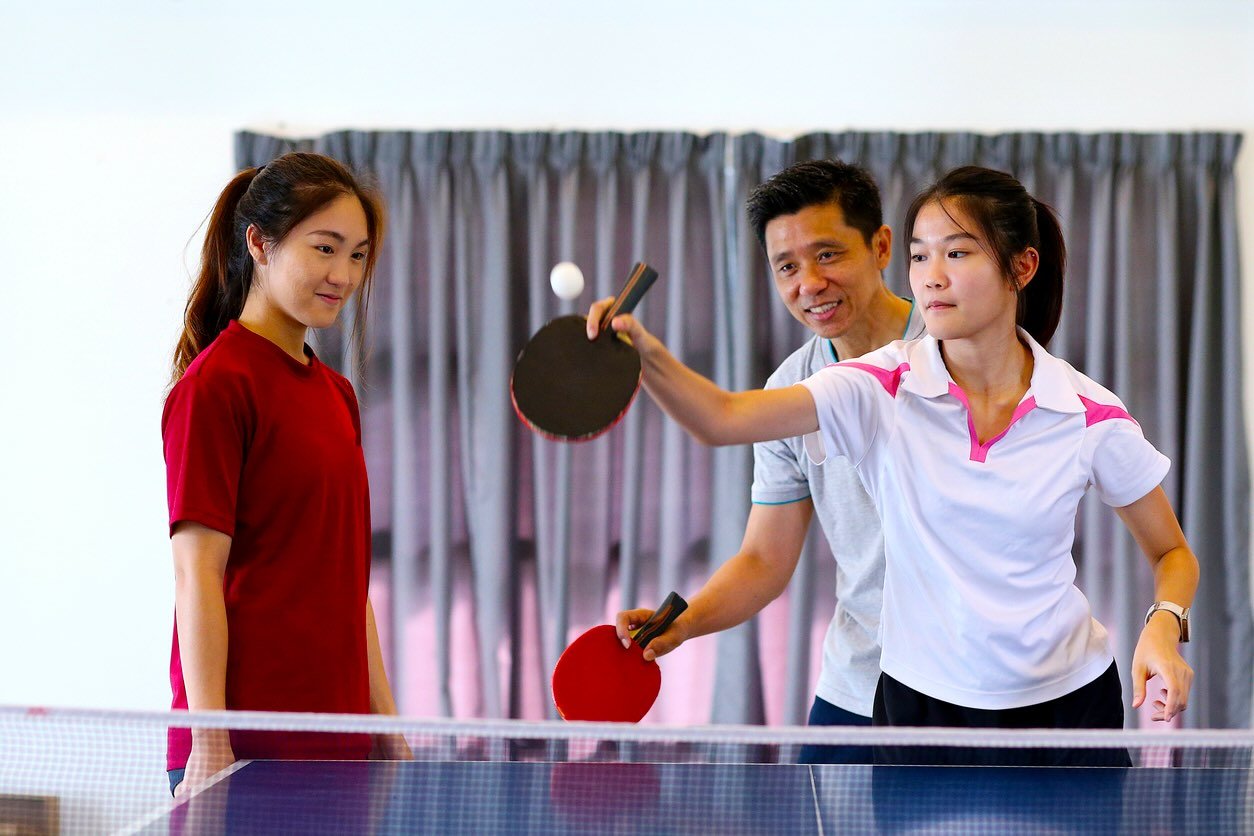
The Serving System Explained
Who Serves When
The first serve is determined by chance (coin toss, paddle spin, or ball pick). After that, the serving rotation follows these rules:
- Normal play: Players alternate serving every 2 points
- Deuce situations (10-10): Players alternate serving every single point
- New games: The previous game's receiver serves first
Legal Serve Requirements
Table tennis has strict serving rules that distinguish competitive play from casual games:
The ball must be:
- Visible to the opponent throughout the serve
- Placed on an open palm (not gripped or cupped)
- Tossed vertically at least 6 inches (15.25 cm) high
- Struck on its way down after the toss
The serve path must:
- First bounce on the server's side of the table
- Clear the net without touching it
- Land on the opponent's side within bounds
A serve that touches the net but lands correctly is called a "let serve" and must be replayed without penalty.
Scoring Points: When Rallies End
Standard Ways to Win Points
You score a point when your opponent:
- Fails to return the ball over the net
- Hits the ball into the net
- Hits the ball off the table
- Hits the ball before it bounces on their side
Less Obvious Point Awards
Professional table tennis includes several technical violations that award points:
Table contact violations:
- Non-playing hand touches the table surface
- Body or clothing touches the table
- Player moves the table during play
Striking violations:
- Double-hitting the ball (hitting it twice in succession)
- Using the paddle edge or handle (only the rubber-covered surfaces are legal)
- Volleying the ball (hitting before it bounces)
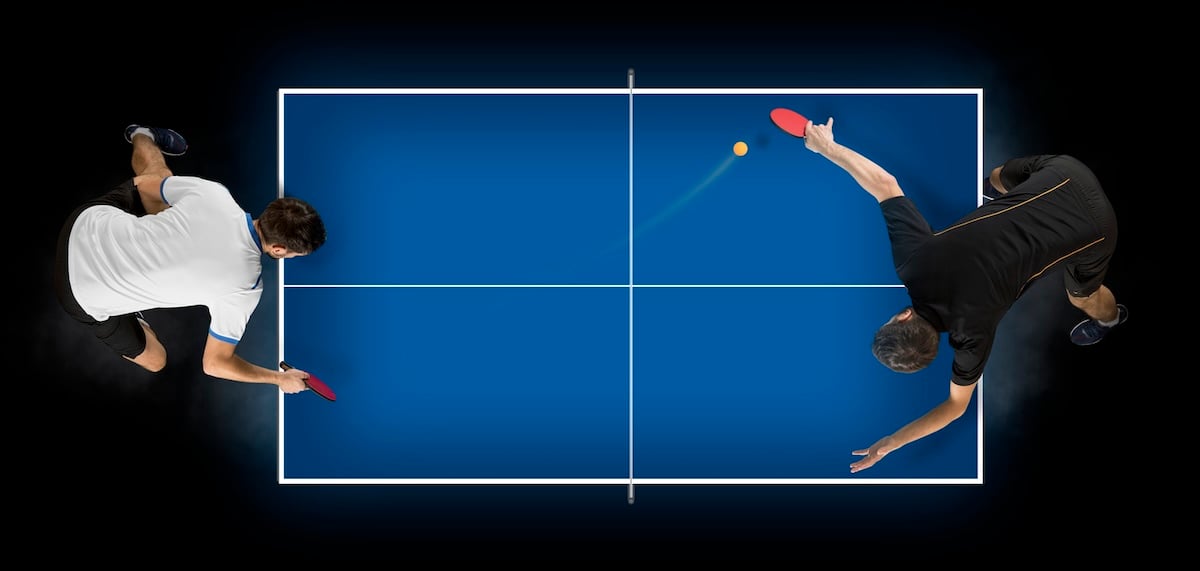
Official Competition Standards
The Umpire's Authority
In official matches, an umpire ensures fair play and makes all judgment calls. Players must serve and play in ways that allow the umpire to clearly see whether rules are being followed. The umpire's decisions are final during the match.
Professional Scoreboard Systems
Competition scoreboards display:
- Current point totals for each player
- Games won in the match
- Which player is currently serving
- Match format (best of 5 or 7)
Electronic scoreboards update in real-time and are visible to players, officials, and spectators. They're essential for maintaining game flow and preventing scoring disputes.
Digital Scorekeeping with KeepTheScore
Need a scoreboard for your local table tennis matches? While we're developing a dedicated table tennis template, you can use our flexible multisport scoreboard as an effective solution.
Quick setup process:
- Click the button above to create your scoreboard
- Enter player names in the home and away team fields
- Navigate to Options and enable "Show fouls"
- Change the "FOULS" label to "GAMES" for match tracking
- Update scores and games won as you play
This gives you a professional-looking scoreboard that tracks both points and games, perfect for tournaments or serious practice sessions.
Frequently Asked Questions
How many points do you need to win a table tennis game?
You need to score 11 points to win a game, but you must win by a two-point margin.
How many games are in a table tennis match?
A match typically consists of an odd number of games, usually 5 or 7.
How often do players switch serves in table tennis?
Players switch serves every two points, except when the score is 10-10, where they switch after each point.
What is a let serve in table tennis?
A let serve occurs when the ball touches the net during a serve but still lands on the opponent's side.
Can you touch the table during a table tennis rally?
No, touching the table with your non-playing hand or any other body part results in a point for your opponent.
How high must you toss the ball during a table tennis serve?
The ball must be tossed at least 6 inches (15.25 cm) into the air during a serve.
Is it legal to hit the ball with the side of the paddle in table tennis?
No, hitting the ball with any part of the paddle not covered by authorized materials is illegal.
How do players determine who serves first in table tennis?
The first serve is typically decided by chance, such as a coin toss or paddle spin.
What happens if the score reaches 10-10 in table tennis?
If the score reaches 10-10, players continue until one player has a two-point lead.
Can you obstruct the ball in table tennis?
No, obstructing the ball, such as trying to return a serve before it bounces, results in a point for your opponent.
